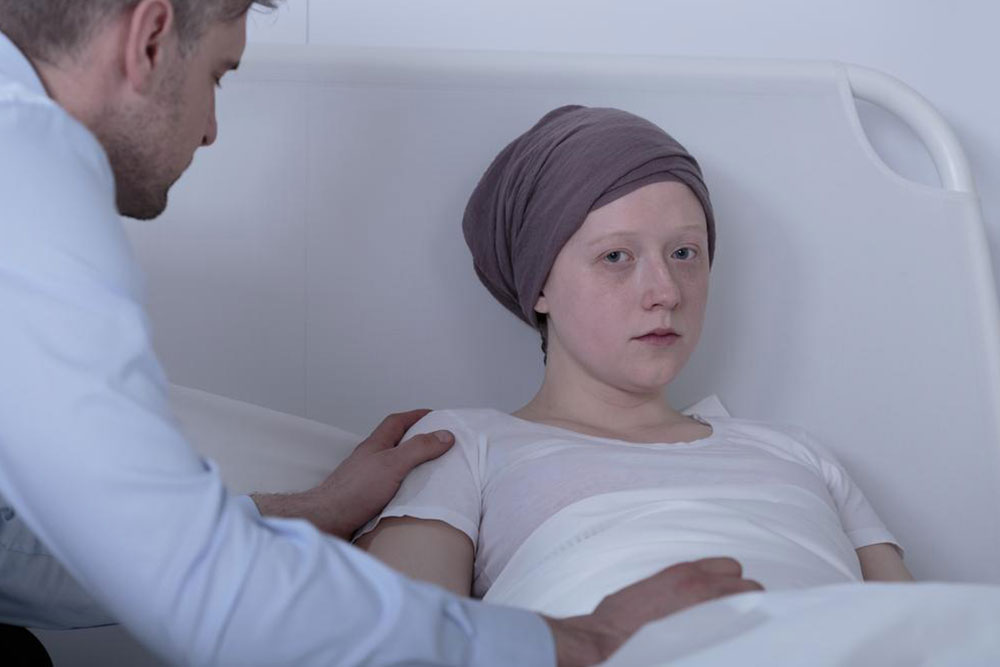Understanding Leukemia: Causes and Variations
This article offers a comprehensive overview of leukemia, including its causes, types, risk factors, and treatment options. It highlights the prevalence of different leukemia forms, their typical age groups, and advances in therapy. Designed for educational purposes, it aims to inform readers about this complex disease and encourage seeking professional healthcare guidance.

Understanding Leukemia: Causes and Variations
The American Cancer Society (ACS) predicts about 60,300 new leukemia cases will be diagnosed in the United States this year, with approximately 24,370 fatalities. Leukemia begins in blood stem cells, either as immature myeloid cells (which produce monocytes, platelets, or granulocytes) or as immature lymphoid cells (white blood cells like B, T, or NK cells that combat infections). These abnormal blast cells multiply rapidly, displacing healthy cells and impairing immune function.
The disease manifests mainly in four types, categorized by whether they originate from lymphoid or myeloid stem cells, with distinct features and treatment approaches:
1. Acute lymphocytic leukemia (ALL)
Annually, about 5,960 Americans are diagnosed with ALL, mostly children under 5. While infants are the most affected, older adults over 50 also face significant risks. Treatments include chemotherapy, radiation, stem cell transplants, and immunotherapy, with younger patients often responding better.
2. Chronic lymphocytic leukemia (CLL)
Typically diagnosed in older adults, averaging around 70 years old, CLL progresses slowly but can spread to organs like the liver or spleen if untreated. Annually, roughly 20,940 people are diagnosed, with about 4,510 deaths. Common treatments involve radiation, chemo, stem cell therapy, and immunotherapy.
3. Acute myeloid leukemia (AML)
AML is the most common and aggressive leukemia, with approximately 19,520 new cases and 10,670 deaths each year. It predominantly affects individuals around 68 years old. Early treatment with targeted therapies, chemotherapy, radiation, and stem cell transplants can lead to remission rates of 70-80%, with a 5-year survival of about 26%.
4. Chronic myeloid leukemia (CML)
CML affects roughly 8,430 people annually, mainly older adults with an average age of 65. It results from genetic changes like the Philadelphia chromosome, causing abnormal cell growth. Treatments include targeted drugs, radiation, stem cell transplants, and immunotherapy.
Important Notice:
This article provides general information on leukemia symptoms, causes, and treatments. It is not a substitute for professional medical advice. Always consult qualified healthcare providers for diagnosis and treatment options.










